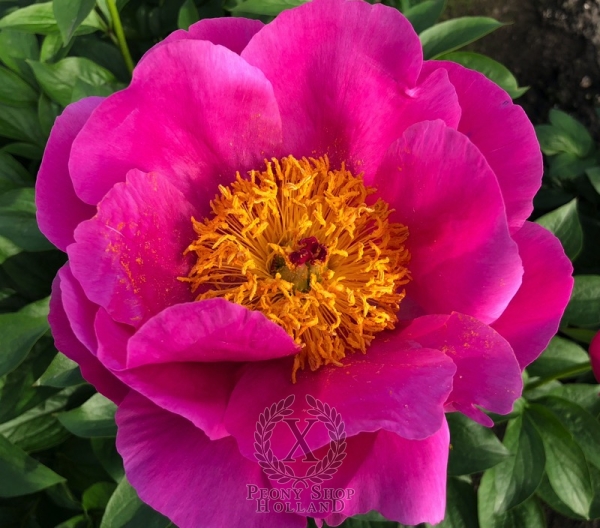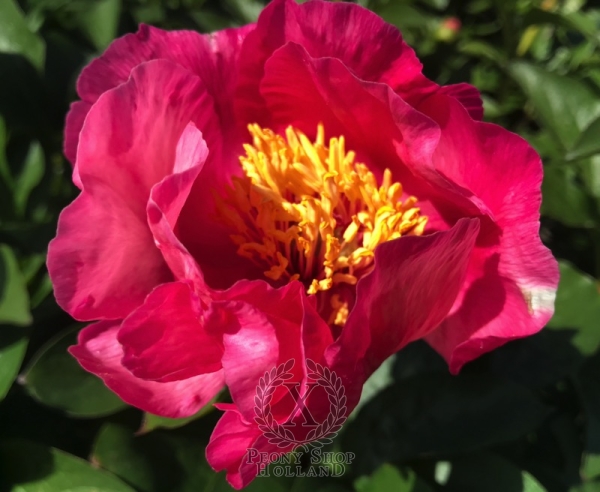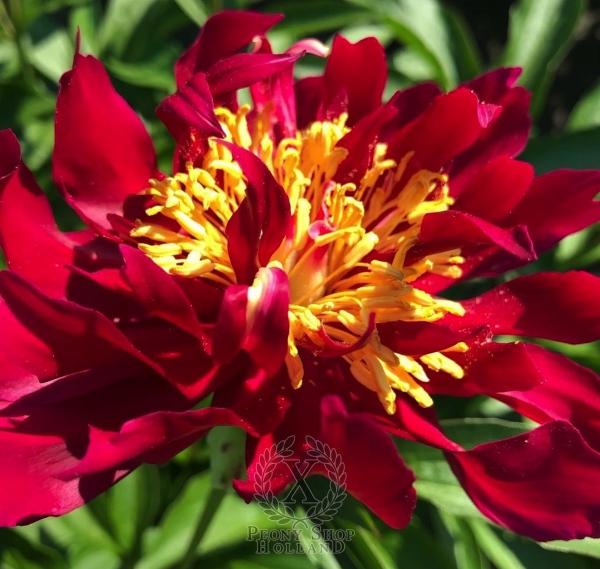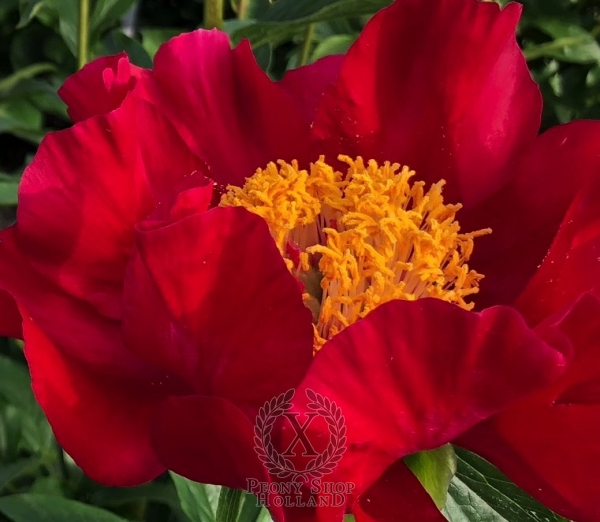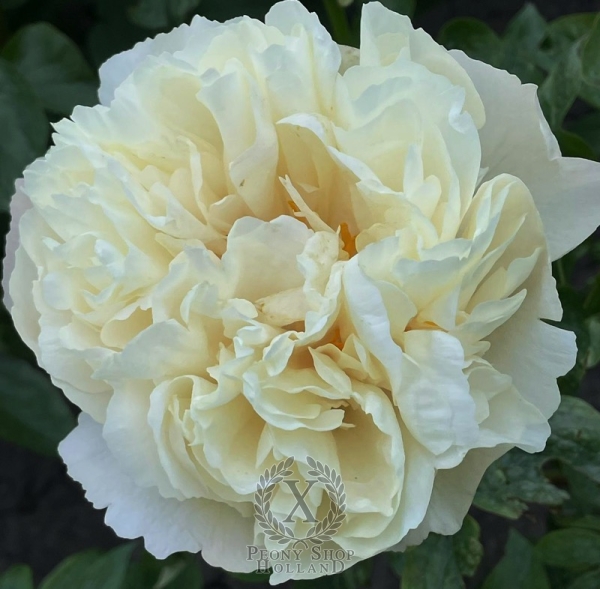Peonies for sale * Peony roots harvest 2025 from Peony Nursery Peonyshop.com
Availability:
Peonies for sale * Peony roots harvest 2025 from Peony Nursery Peonyshop.com All Peonies Online
Price:
View Peonies by Price
Color:
Coral Green Lavender Lime Orange Pastel Peach Peach and Cream Pink Purple Red Salmon Whites & Blushes Yellow Multi-color Other
Awards:
APS Gold Medal APS Grand Champ Best Paid $$ Peony Shop's Choice Landscape Merit
Type of Peony:
Cut Peony Fragrant Itoh Hybrid Rock Garden / Dwarf Seedlings
Flower Season:
Very Early Early Early Mid Mid Late Mid Late Very Late
Flower Type:
Single Semi double Double Bomb Rose type Anemone bomb Japanese Found: 5 Peonies peonies for sale
